Control valve manufacturers or valve agents and distributors, the manager may in the training of salesman often need to use the control valve PPT to explain, this article will provide you with optional content on the control valve PPT, which can help newcomers quickly understand the related control valve knowledge.
The Content of Control Valves PPT
First things first, let’s talk about what control valves actually are. They’re devices used in process control systems to regulate the flow of liquids, gases, and slurries. They play a crucial role in maintaining process stability and ensuring the efficient operation of process plants. So, they’re kind of a big deal.
There are a few different types of control valves you should know about, including linear, rotary, globe, butterfly, and ball control valves. Each type has its own advantages and applications, so it’s important to choose the right one for your specific needs.
Now, Let’s get out there and create that awesome Control Valves PPT!

Slide 1: Introduction to Control Valves
- Definition: Control valves are devices used in process control systems to regulate the flow of liquids, gases, and slurries.
- Importance: Control valves play a crucial role in maintaining process stability and ensuring the efficient operation of process plants.
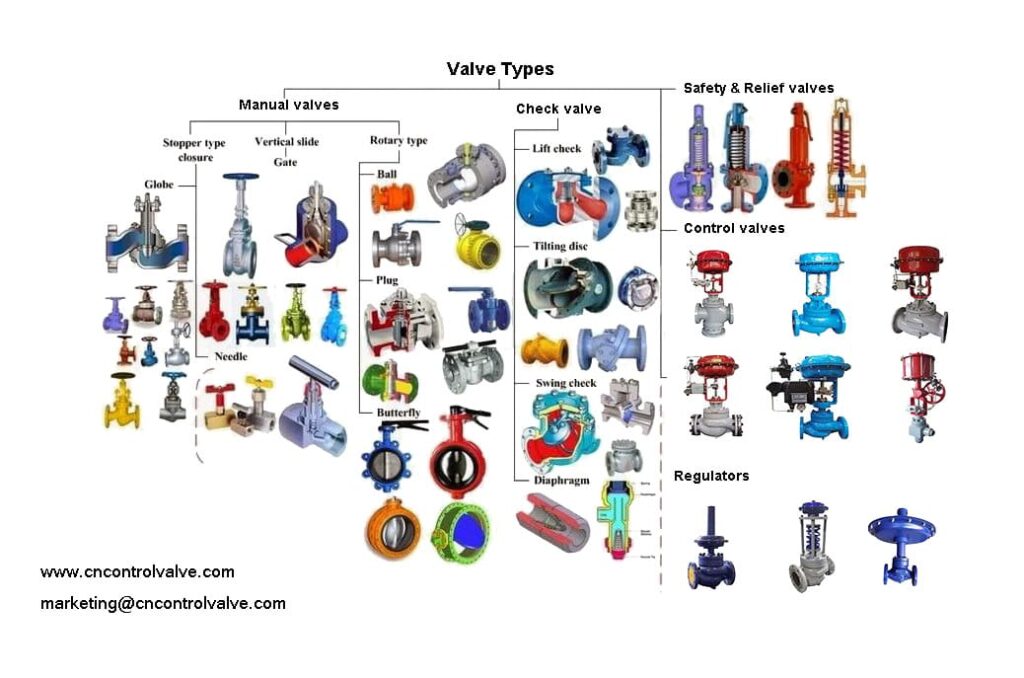
Slide 2: Types of Control Valves
- Linear Control Valves
- Rotary Control Valves
- Globe Control Valves
- Butterfly Control Valves
- Ball Control Valves
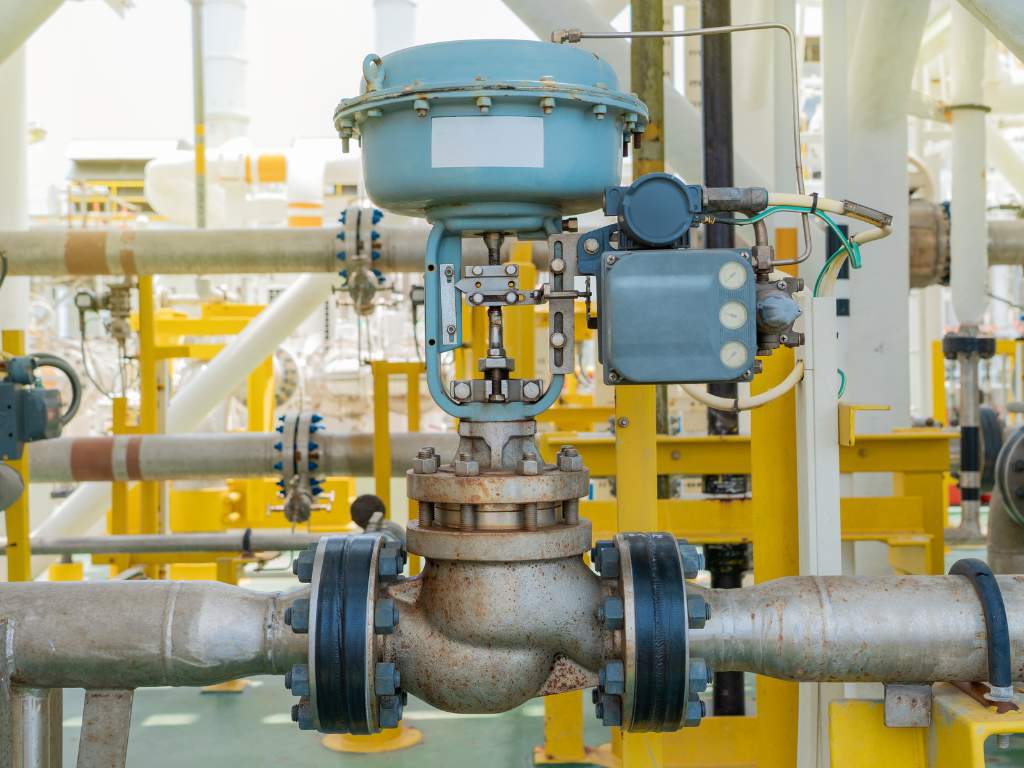
| Control Valve Type | Advantages | Disadvantages |
|---|---|---|
| Linear Control Valves | Simple design, low maintenance, precise control of flow | Limited to linear motion, not suitable for high flow rates |
| Rotary Control Valves | Capable of handling high-pressure applications, suitable for use in corrosive environments | More complex design, higher maintenance requirements |
| Globe Control Valves | Precise control of flow, suitable for high-pressure applications | More complex design, higher maintenance requirements |
| Butterfly Control Valves | Simple design, low maintenance, quick and easy control of flow | Limited in precision, not suitable for high-pressure applications |
| Ball Control Valves | Suitable for use in high-pressure applications, precise control of flow | More complex design, higher maintenance requirements |
Slide 3: Linear Control Valves
- Definition: Linear control valves are used to regulate the flow of fluid through a linear motion.
- Advantages: They are simple in design and low maintenance, and they offer precise control of flow.
- Applications: Linear control valves are commonly used in applications that require a high degree of accuracy, such as the regulation of gas and liquid flow in pipelines.
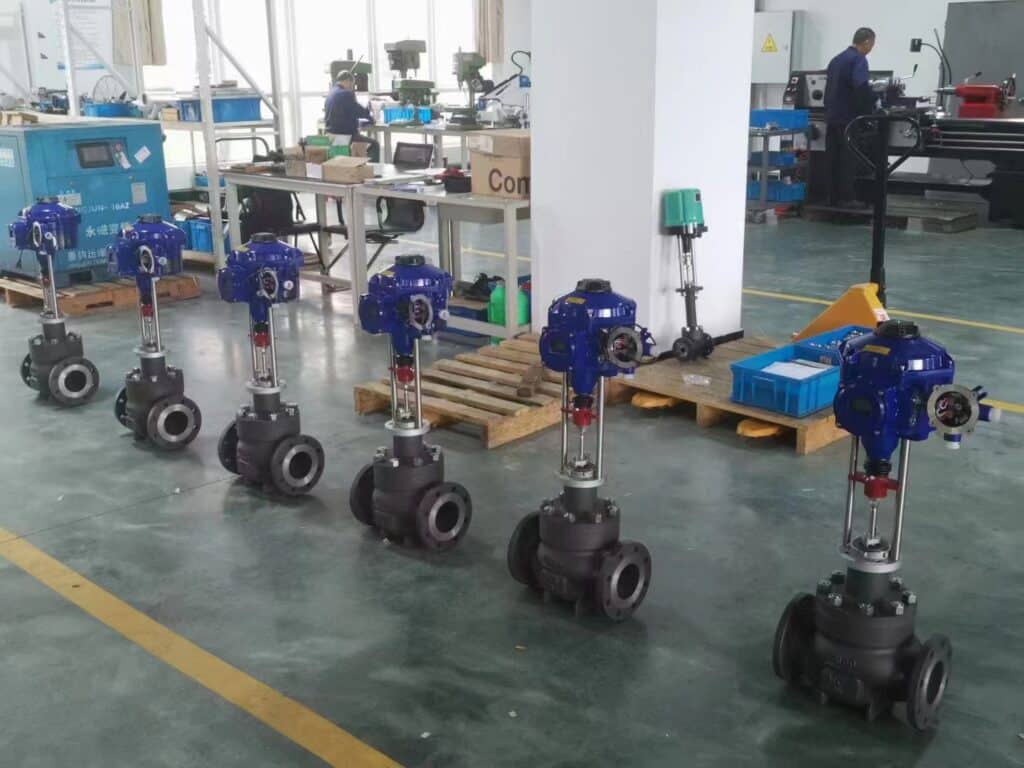
Slide 4: Rotary Control Valves
- Definition: Rotary control valves are used to regulate the flow of fluid by rotating the valve body.
- Advantages: They are capable of handling high-pressure applications and are suitable for use in corrosive environments.
- Applications: Rotary control valves are commonly used in applications that require high flow rates, such as in oil and gas production.
Slide 5: Globe Control Valves
- Definition: Globe control valves are used to regulate the flow of fluid through the movement of a plug inside a cylindrical valve body.
- Advantages: They offer precise control of flow and are suitable for use in high-pressure applications.
- Applications: Globe control valves are commonly used in applications that require precise control of fluid flow, such as in power plants and chemical processing facilities.
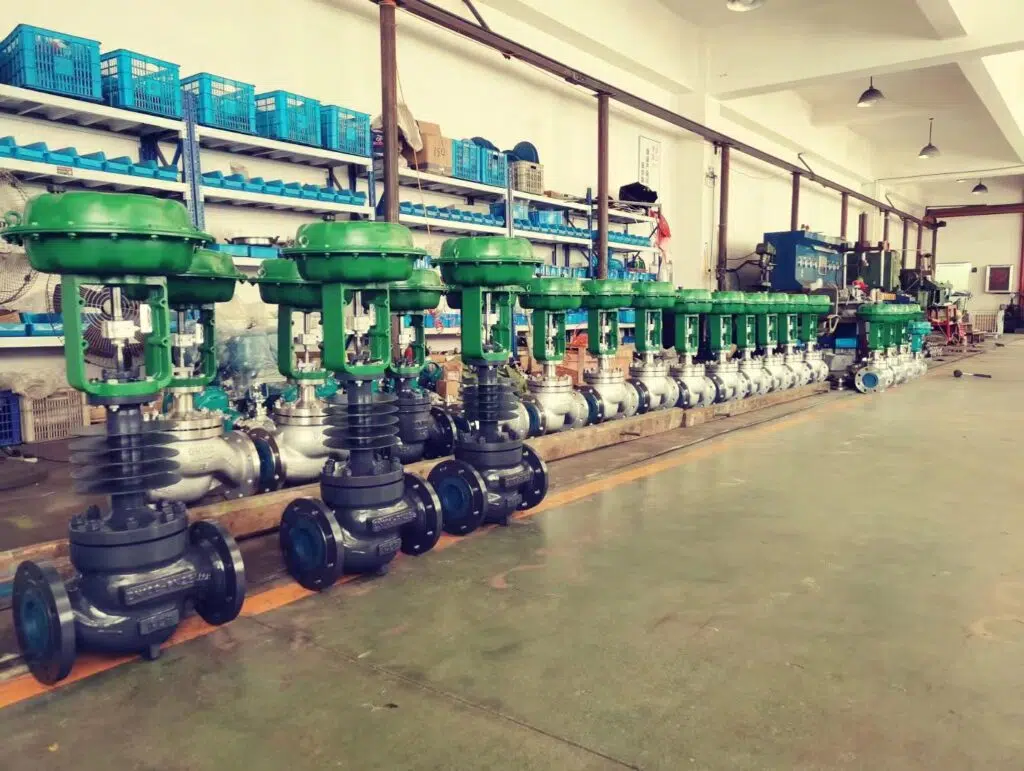
Slide 6: Butterfly Control Valves
- Definition: Butterfly control valves are used to regulate the flow of fluid by rotating a disk inside the valve body.
- Advantages: They are simple in design and low maintenance, and they offer quick and easy control of flow.
- Applications: Butterfly control valves are commonly used in applications that require fast and easy control of fluid flow, such as in water treatment plants.

Slide 7: Ball Control Valves
- Definition: Ball control valves are used to regulate the flow of fluid by rotating a ball inside the valve body.
- Advantages: They are suitable for use in high-pressure applications and offer precise control of flow.
- Applications: Ball control valves are commonly used in applications that require precise control of fluid flow, such as in oil and gas production.
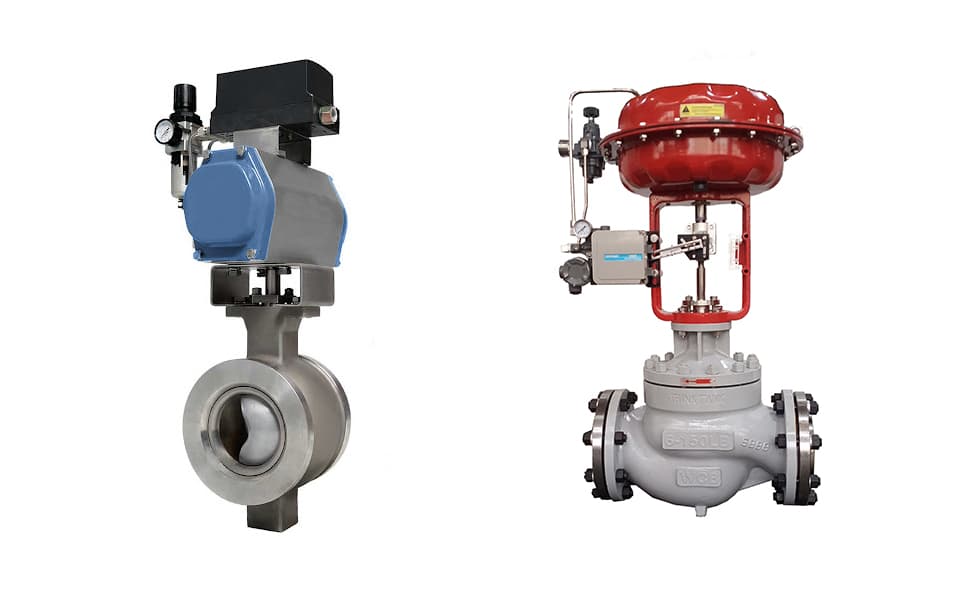
Slide 8: Conclusion of Control Valves PPT
- Control valves are essential components in process control systems, playing a crucial role in maintaining process stability and ensuring the efficient operation of process plants.
- With a range of options available, choosing the right control valve for a particular application requires a thorough understanding of the specific requirements of the process.
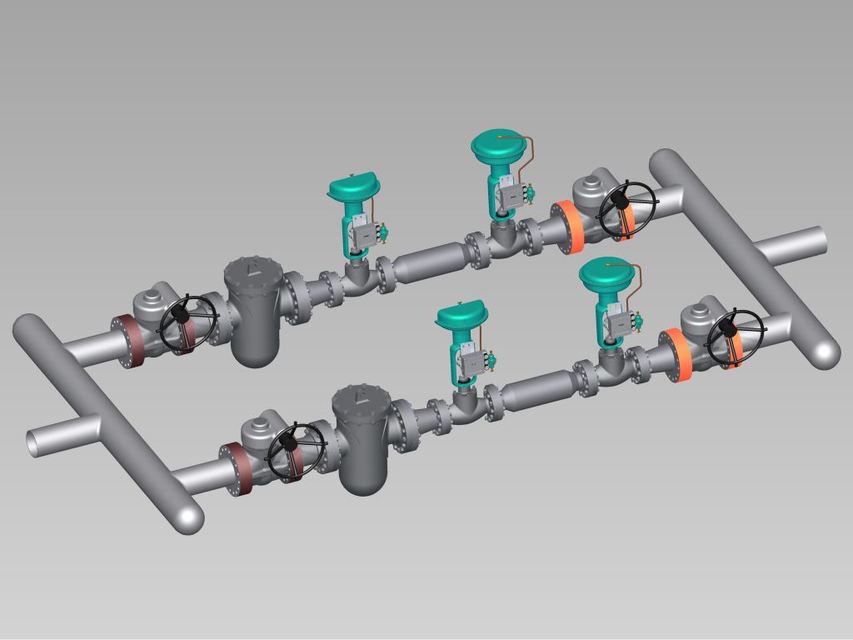
This is just sample content, and you can add more information or change the slides as per your requirements. THINKTANK is a famous control valve manufacturer in China, if you have any questions about control valves or technical requirements, you can contact us at any time to get a free consultation.





